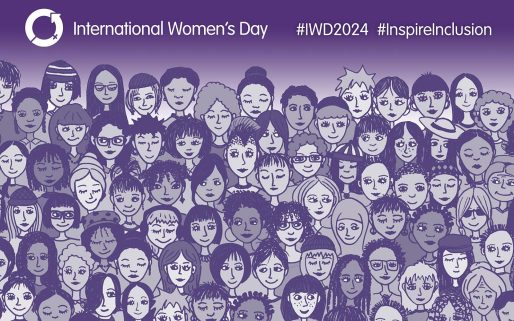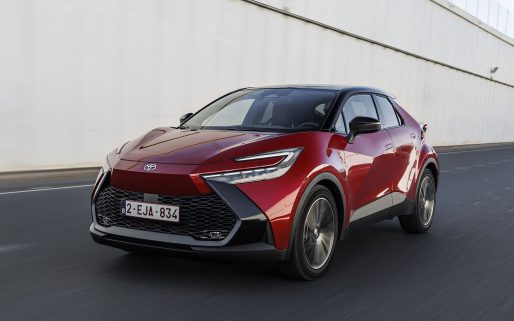Discover the 12 other pillars of the Toyota Production System:
Konnyaku Stone
Poka-Yoke
Hansei
Andon
Jidoka
Just-In-Time
Heijunka
Kaizen
Genchi Genbutsu
Nemawashi
Kanban
Muda, Muri, Mura
Genba
Having the correct number of parts required to build a specific number of cars makes production run more smoothly. Read on to find out why Heijunka increases efficiency in the Toyota Production System.
Heijunka (English: Production smoothing or leveling): A technique to facilitate Just-In-Time (JIT) production, it means production leveling (finding and keeping average production volumes) and is used to smooth out production in all departments as well as that of the supplier over a period of time.
Heijunka is also important when it comes to sequencing production. For example, were the factory’s ordering system to send batches of high specification models down its assembly line at the same time, workers would be required to manage lots of complex build tasks not present in less well equipped cars.
The Toyota Production System uses Heijunka to solve the former by assembling a mix of models within each batch, and ensuring that there is an inventory of product proportional to the variability in demand.
Furthermore, the disruption of production flow is minimised by making sure that components are sequenced to be available in the right quantity and at the right time, while changeover periods for vital processes such as die changes within the steel presses are as short as possible; often in as little as three minutes.
Just-In-Time delivery makes Heijunka possible.
Read our full Toyota Production System glossary here.





my question is that “is any tolerance acceptable for production planning +- 5% or 10%.
For example if i m taking production plan 1000 nos.for any product on a particular date.
Production Actual – 974 Nos.
As Per Heijunka this is OK or NG.
Pl confirm.
Hi Kamlesh,
Unfortunately, we cannot comment on your own production plan, we can only discuss the Toyota Production System. Many thanks.
we can take +/-10%
Is Heijunka applied to all of the different models, i.e sedan, SUV, MPV in one simultaneous production schedule?
Hi Indrat,
Thanks for getting in touch. Yes, Heijunka is used across our entire production system to help assemble a mix of models within each batch whilst minimising production flow disruptions by making sure that components are sequenced to be available in the right quantity and at the right time. We run a Just in Time delivery system which provides the assembly sequence with only the items that it needs, when it needs them which makes Heijunka possible.
You can read more about Just in Time here: https://mag.toyota.co.uk/just-in-time
Thanks.
Thank you for your nice response. I appreciate it. I am sorry to ask further question.
As my limited understanding about cars production and i am studying about Heijunka, how to determine the amount of each batch?
For example, can I mix truck and sedan and SUV in consecutive order in the same line production at the same day production?
Hi Indrat,
Thanks for getting back in touch. Yes, you can mix different models in each batch which we base on the variability in demand. You can find more information on our manufacturing process here: https://www.toyotauk.com/how-we-manufacture/
Thanks.
What is the purpose of Heijunka? Why do you do it? When the production plan is created, why do you not just make all car a’s first, then car b’s, then car c’s for example? What real benefits do you get from mixing models down the line? If you make 100 cars per week, why is it better to mix them all up in the order you produce them?
In the above example, if you had 3 different production lines, one for each model, would you still heijunka those separate lines?
Apologies in advance for the several questions in quick succession – but I’m really trying to understand your ways of working
Hi Shawn,
Thanks for getting in touch. We use Heijunka to smooth out production. Using your example, if car A was a very high specification model workers would be required to manage lots of complex build tasks in one go. Instead, using Heijunka tasks are more varied and more easily managed.
In addition due to varying demand for different models, it ensures that there is an inventory of product that is proportional to that demand.
We would recommend reading about the other pillars of the Toyota Production System. You can see them all via this link: https://mag.toyota.co.uk/just-in-time
Thanks.
Hi,
What is the main benefit of Heijunka?
A- helps organizations meet demand,
B- Reducing wastes in production,
C- Interpersonal process
D- All of the above
How we decided the recovery slot what is the base for it.
Hi Shadiq,
Thanks for your comment.
Could you please clarify your question? We’re not quite sure what you’re asking.
Thanks.